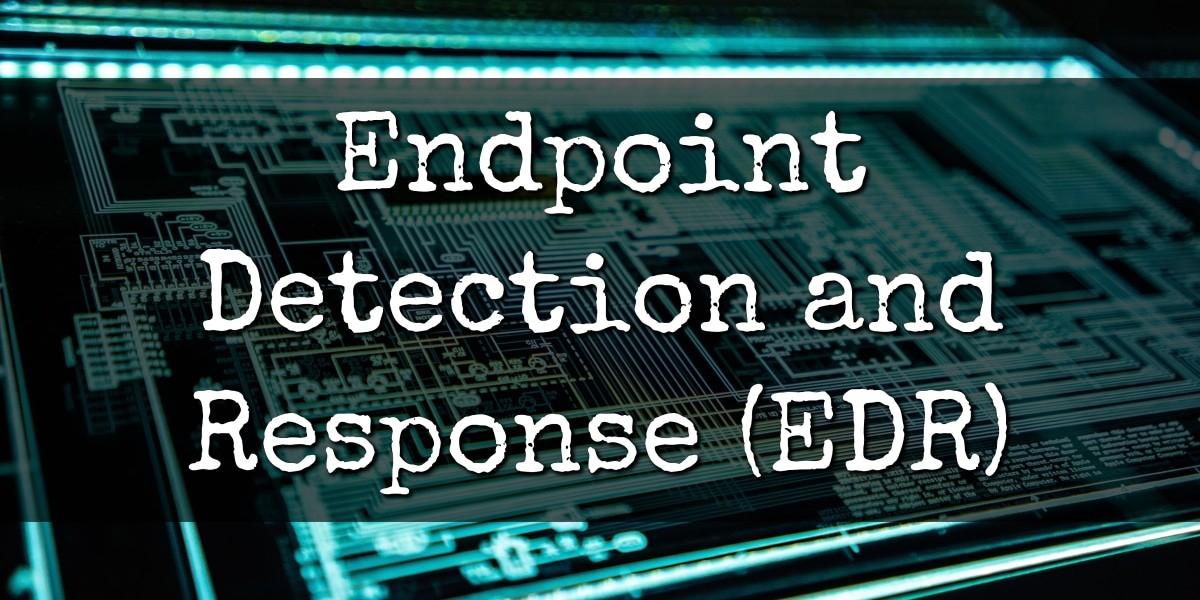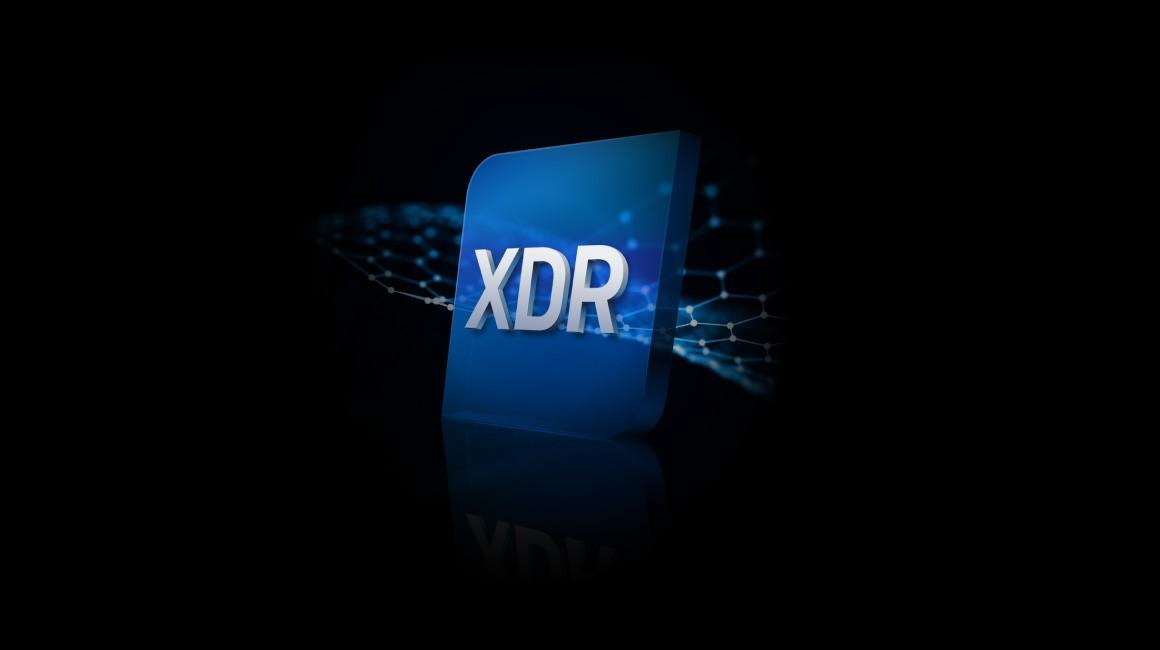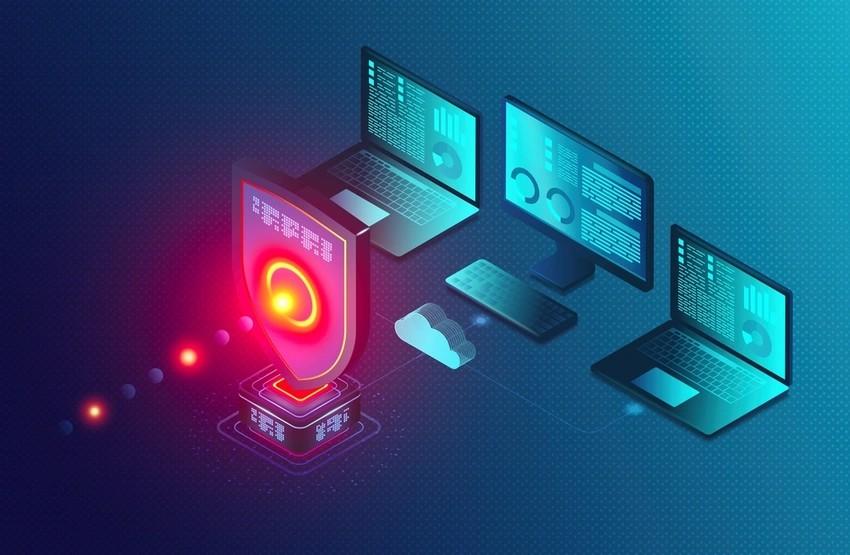What is the Difference Between Endpoint
Detection Response (EDR) and
Detection Response (XDR)
Extended
With the growing complexity of cybersecurity threats, there is an increasing need for more comprehensive security solutions. Endpoint Detection and Response (EDR) is a cybersecurity technology that continuously monitors end-user devices such as mobile phones, laptops, and Internet-of-Things devices to detect and respond to cyber threats like ransomware and malware.
EDR works by recording the activities and events taking place on endpoints and all workloads, providing security teams with the visibility they need to uncover incidents that would otherwise remain invisible. An EDR solution needs to provide continuous and comprehensive visibility into what is happening on endpoints in real time.
Overview of Endpoint Detection and Response

Endpoint Detection and Response (EDR)

plays a crucial role in cybersecurity. EDR solutions focus on detecting and responding to threats targeting individual endpoints, such as desktops, laptops, and servers. They provide real-time monitoring and analysis, helping to quickly identify and mitigate potential threats.
Key Components and Capabilities of EDR
EDR solutions comprise several core components and capabilities-
● Endpoint monitoring and logging: This involves continuously tracking and recording activities on endpoints to detect suspicious behavior.
● Behavioral analysis and anomaly detection: EDR solutions use advanced algorithms to analyze endpoint activities and identify anomalies that may indicate a threat.
● Threat hunting and investigation tools: These tools enable security teams to proactively search for, isolate, and investigate potential threats.
● Incident response automation and remediation capabilities: EDR solutions can automate response actions, such as isolating affected endpoints or blocking malicious activities, to quickly contain and remediate threats.
Benefits of EDR Solutions
• Implementing EDR solutions offers several benefits-
● Improved threat detection and response times: EDR solutions provide real-time monitoring and automated responses, enabling faster detection and mitigation of threats.
● Enhanced visibility and monitoring of endpoint activities: EDR solutions offer comprehensive visibility into endpoint activities, helping to identify potential vulnerabilities and prevent breaches.
● Streamlined incident response processes: By automating response actions, EDR solutions can streamline incident response processes and reduce the workload on security teams.
● Reduction of security risks and potential impact of security breaches: By detecting and mitigating threats early, EDR solutions can significantly reduce the potential impact of security breaches.
Introduction to XDR (Extended Detection and Response)

• Extended Detection and Response (XDR) is an evolution of EDR that extends beyond endpoints to provide a more comprehensive security solution. XDR integrates data from multiple security layers, including networks, cloud environments, and email, providing a holistic view of the threat landscape.

Key Differences Between EDR and XDR
While both EDR and XDR play crucial roles in cybersecurity, they differ in several ways -
● Scope: While EDR focuses on endpoint security, XDR extends its coverage to multiple security layers, providing a more comprehensive view of threats.
● Data Integration: XDR integrates data from various security sources, enabling a more holistic understanding of threats and attack patterns.
● Analytics and Automation: XDR solutions often include advanced analytics and automation capabilities, enabling them to correlate and prioritize security alerts across multiple sources.
Benefits of XDR Solutions

•Adopting XDR solutions can offer several advantages over traditional EDR approaches-

● Increased visibility: XDR provides visibility across multiple security layers, enhancing detection capabilities.
● Improved threat detection accuracy: By integrating data from various sources, XDR can reduce false positives and improve threat detection accuracy.
● Enhanced incident response: XDR solutions can automate and coordinate responses across multiple security layers, enhancing incident response capabilities.
● Simplified security operations: By providing a unified view of security data, XDR can simplify security operations and management.
Considerations for Choosing Between EDR and XDR

• When evaluating EDR and XDR solutions, organizations should consider factors such as:
● Organizational size and complexity: Larger organizations with complex IT environments may benefit more from the comprehensive coverage provided by XDR.
● Security requirements and priorities: Organizations should consider their specific security needs and priorities when choosing between EDR and XDR.
● Budget constraints and resource availability: The cost and resource requirements of implementing and managing EDR and XDR solutions should also be considered.
Conclusion
Understanding the differences between EDR and XDR solutions is crucial for making informed decisions about cybersecurity investments. Both offer valuable capabilities for detecting and responding to threats, but they differ in scope, data integration, and analytics capabilities. We at 63 SATS believe in leveraging the right technologies to meet our cybersecurity needs, and we understand the importance of choosing the appropriate cybersecurity solution for every circumstance.
• Image Source –

• https://fbijohn.com/
• https://www.wtsnet.com/
• https://eu-images.contentstack.com/

Thank You






